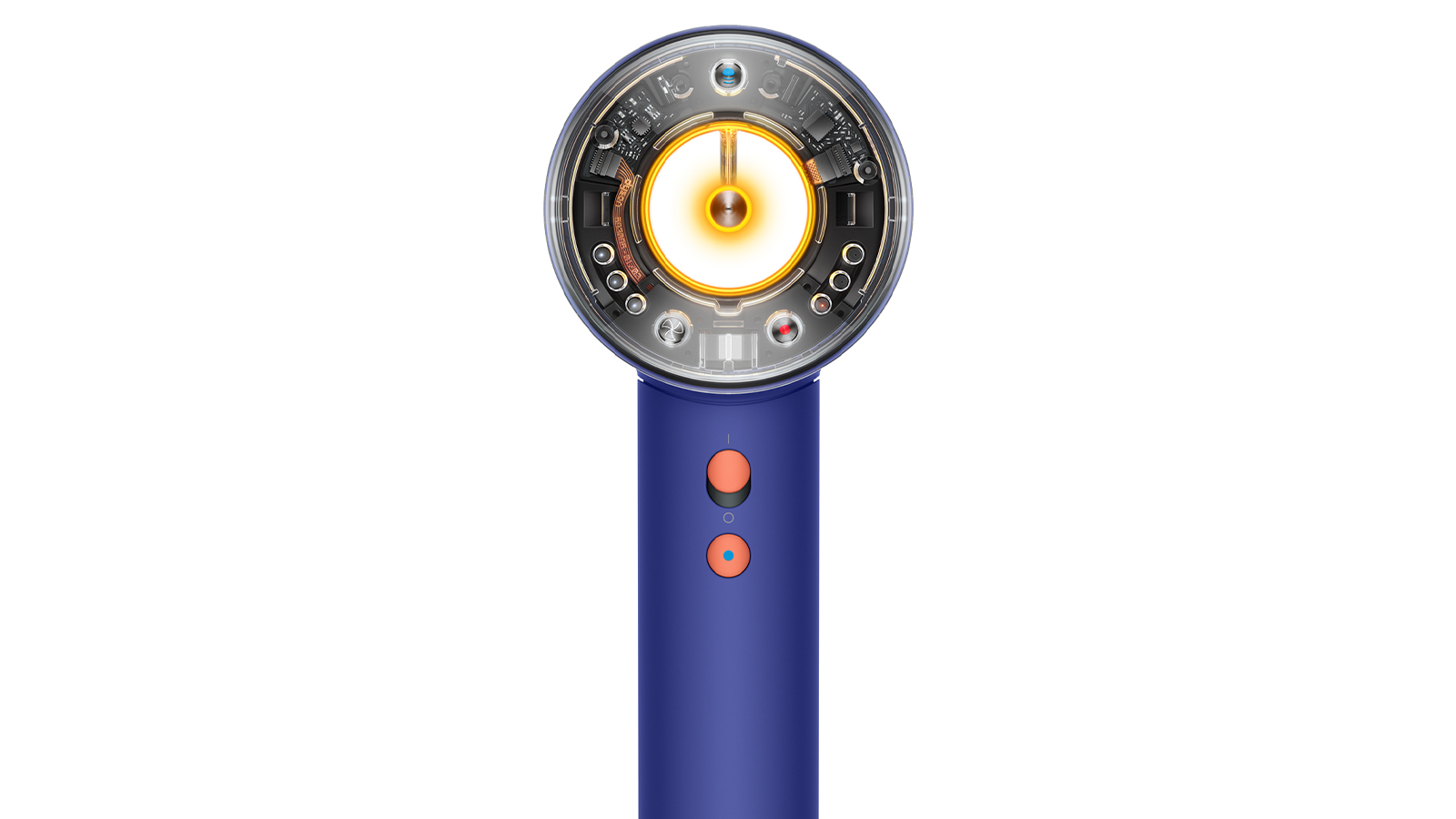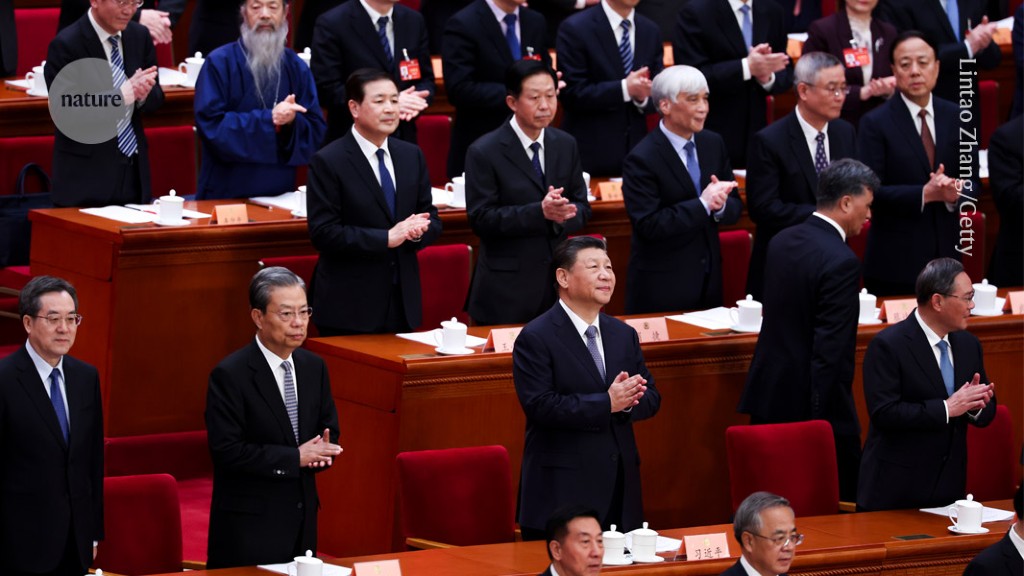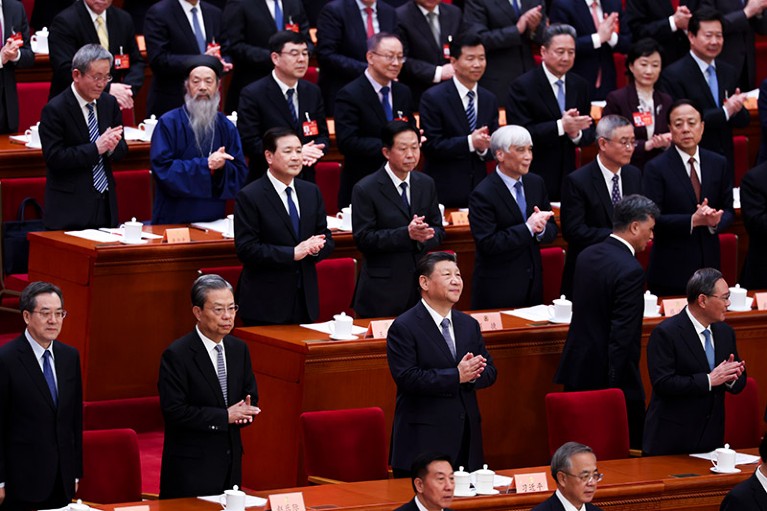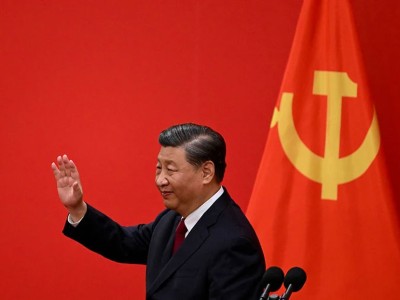[ad_1]
Dyson has been busy expanding it ever-popular haircare range, releasing the Airstrait in select markets in May last year, followed by the professional-grade Supersonic r earlier this year.
There’s now a newer hair dryer in the Dyson range with the announcement of the Supersonic Nural. Unlike the Supersonic r, which has been released exclusively for pro hair stylists, the Nural is for everyone and promises to be Dyson’s best and most intelligent hair dryer yet.
It’s equipped with some smart sensor technology that can help protect not just your hair from heat damage, but your scalp too. Dyson calls these sensors Nural – explaining the name of the product – and they’re programmed to detect extreme heat and automatically reduce the temperature to just 55ºC (131ºF), while also adjusting airflow. This is a comfortable temperature for most people to bear and yet it’s warm enough to dry hair quickly, according to Dyson.
The British brand promises that despite the lower temperature, the Supersonic Nural will produce shiny locks and make styling a breeze (pun intended).

Keeping it cool
I didn’t think that 55ºC would be warm enough to dry hair ‘quickly’ but Dyson has figured out how to make that happen.
In what the company calls the Scalp Protect Mode, an invisible infrared beam is projected onto the scalp that enables the dryer to measure the distance between your head and the machine, which allows the device to adjust temperatures in such a way that no matter how near or far you hold the Supersonic Nural, you’ll feel the same heat. This allows you to hold the dryer closer to your head to increase drying times without getting scalded.
The capsule of the Supersonic Nural is also fitted with small LED lights that change color when in Scalp Protect Mode. They’re blue to indicate the dryer is cool, then shift to yellow for low heat. This changes to orange for medium heat and, finally, red when at its hottest.
While I think the scalp-care sensors are a welcome addition, there’s another feature thats a standout for me personally – the Supersonic Nural can now pause automatically when it senses it’s been put down. This is thanks to the addition of a motion-sensing accelerometer that stops the heater, and reduces both the airflow and noise. As someone who’s had a few mishaps when putting down a running hair dryer, I think this feature alone can be a game changer for many a user.

Keeping it stylish
While the new hair dryer resembles the older Supersonic in form, the lights and sensors give it a very interesting aesthetic that I think most people will love. And, to keep things fresh, Dyson has released a bunch of new magnetic attachments that cater to all hair types.
In fact, the Supersonic Nural is smart enough to recognize which attachment has been fitted and will automatically adjust settings accordingly.
The standout among the new attachments is a redesigned diffuser. Called the Dyson Wave+Curl diffuser, it works in two modes – dome mode reverses airflow and sucks air away from the scalp for smoother, longer waves while diffuse mode delivers air through the prongs for voluminous, tight curls.
The Dyson Supersonic Nural will be available to purchase directly from Dyson and authorized retailers from early April in Australia for AU$749, and from May in the UK for a price £399.99. Pricing and availability for the US is yet to be confirmed.
You might also like…
[ad_2]
Source Article Link






